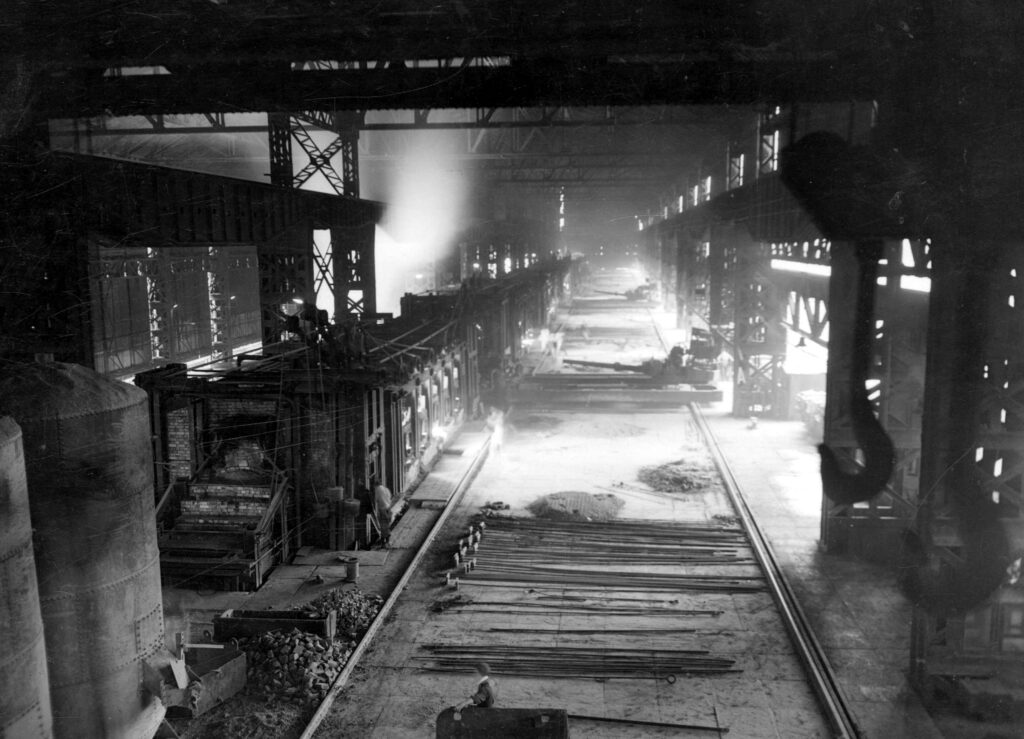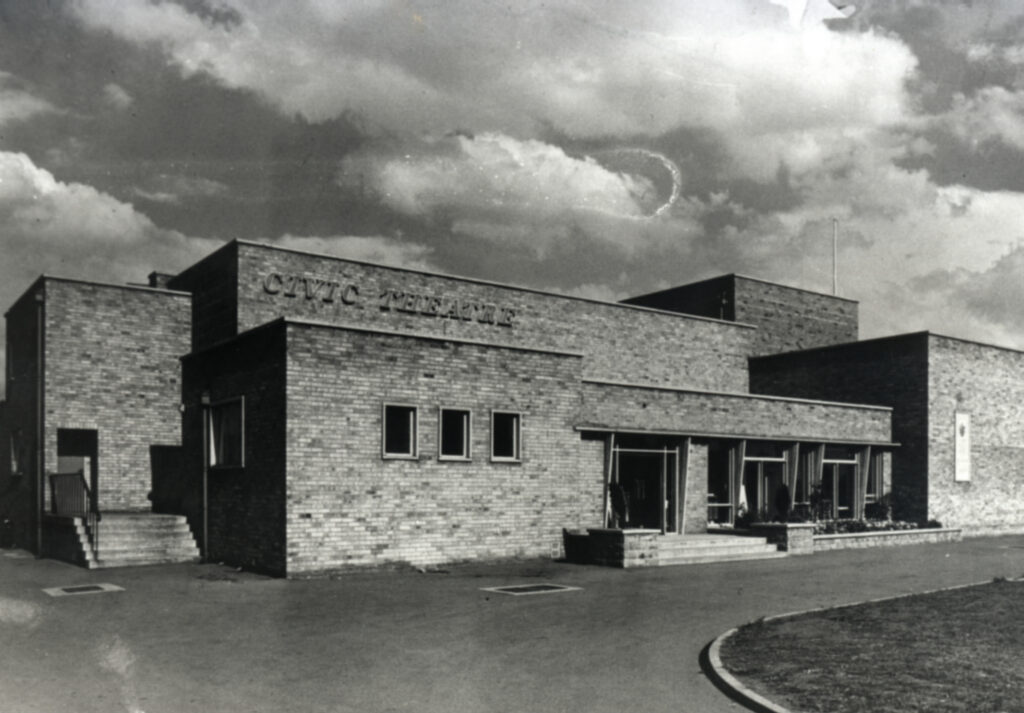A Brief Modern History of Scunthorpe
Alex Walden, Bishop Grosseteste University
Scunthorpe was one of the biggest industrial towns in its prime. In fact, it’s rich industrial history has become the main talking point of the town’s history, but how did this happen?
19th Century
In 1859 iron ore was discovered in the area. This proved to be a huge catalyst for the growth of the villages Ashby, Brumby, Crosby, Frodingham and Scunthorpe. Prior to this, the population of all 5 villages was roughly 1,400. However, in just 60 years the population had risen to 25,000 due to people arriving in search of work in the new iron ore mines. Most of these workers ended up settling in Scunthorpe. It is suspected that they chose to settle in Scunthorpe because it was the most developed town of the five.
Transport in the area had also developed; in 1864 Scunthorpe’s railway station was built, which was shortly followed by the introduction of the Redbourn Hill Iron and Coal Company which was set up to process ore gathered from the local mines. The local area was also developing. Due to Scunthorpe being the leading village of the 5, the town was first to reach Urban District status in 1883 and by 1885 the town had the most shops of any village as well as the only bank and police station.

20th Century
The outbreak of war in 1914 was a major catalyst which caused large expansion in the Scunthorpe area due to the high demand for steel. The effects of this demand lasted until after the Second World War. By 1919 there were three major businesses that operated in Scunthorpe. The effects of modernisation and expansion of output were to continue up to 1974, through another war. By this point, Scunthorpe had begun to earn a reputation as The Industrial Garden Town of the UK.
After the end of the Second World War, the demand for steel declined. The town experienced a period of urban renewal. . New civic buildings provided new amenities to the community. For example, the Civic Theatre housed musical and dramatic performances and still does today under the name Plowright Theatre. As well as this, education reforms began to take place during the sixties. By 1968, the John Leggott Sixth Form College was built to further improve education offer in the local area.

In conclusion, the iron and steel industry was a major contributor to the development of Scunthorpe and the surrounding area during the 19th and 20th centuries. As well as the production of iron and steel, various external factors such as the outbreak of the Second World War provided the economic improvement required for Scunthorpe to enter periods of development. These periods of development can be seen today with structures such as the Civic Theatre and the John Leggott Sixth Form College.

